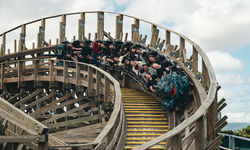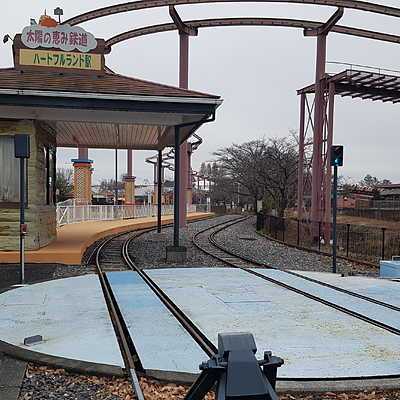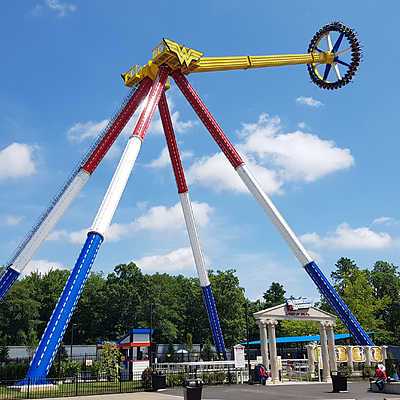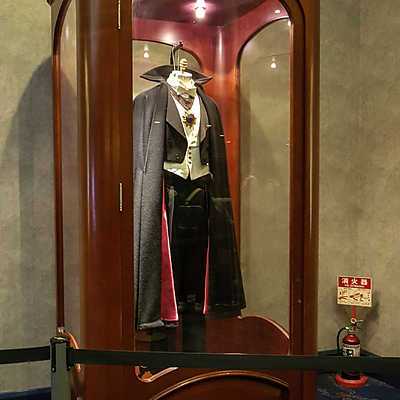Is Dreamworld's Q4U queue jumping?
Ever since Dreamworld on the Gold Coast announced Q4U, its incarnation of Lo-Q's QBot "virtual queuing" system, debate over whether it is queue jumping or not has ensued. We put the question to readers of Parkz once and for all. Is Q4U queue jumping?
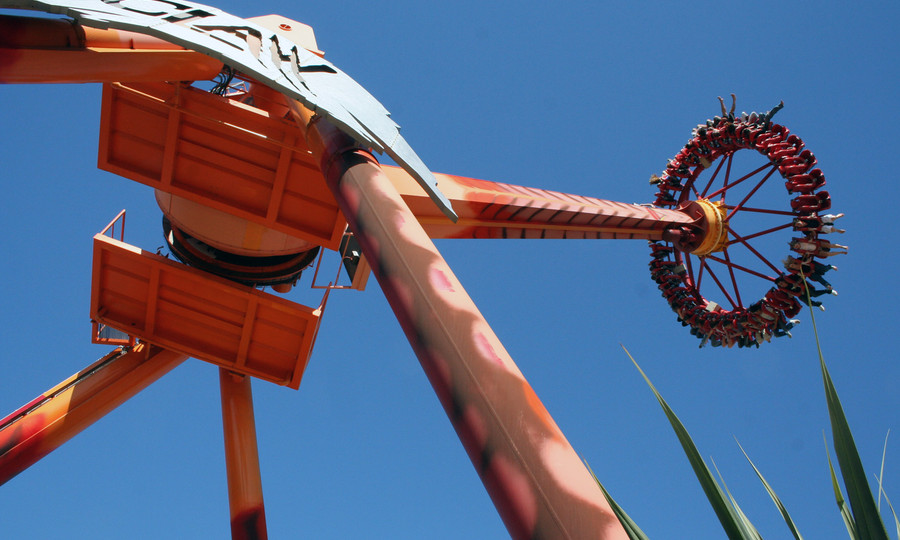
For those uninitiated, picture a stopwatch looking device, that guests to Dreamworld rent at the start of the day and then carry with them. When they want to ride something, instead of entering the queue they select it from the device, and it tells them to come back after a certain amount of time, where instead of queuing, they walk right up to the front and board the ride immediately.
Ignoring the whole other can of worms that is Dreamworld's woeful lack of attractions that can appropriately and fairly handle a system like QBot (branded at Dreamworld as Q4U) in addition to normal queuing guests, let's take a closer look at QBot on its own.
Reports suggest Dreamworld initially offered 130 of the Q4U units daily, with up to 6 riders per unit (at $5 per rider). This initial number could account for anywhere up to 10% of the daily attendance on a busy summer's day. It is offered only on eight of the park's major attractions.
The great claim that proponents of QBot, including its inventors Lo-Q and its clients like Dreamworld, will emphatically state is that QBot is not queue jumping. They offer several key arguments to back up this claim:
- Buyers of the QBot wait the same amount of time as everyone in the normal queue, just they are not confined to the queue area while they wait.
- Because they can only queue virtually for one ride at a time there is effectively no way of cheating the system and not waiting the set queue time for each and every ride.
Together these two points seem to make a very convincing argument, designed solely to make it appear that normal non-Q4U holders aren't getting ripped off by a small group of people given preference at attractions. This works for theme parks, who now have a good argument for potential angry guests, upset at the sight of people waltzing by them in a hot queue. They'll tell the irate customer that this person didn't just jump in line, that they waited, just not in the queue.
The problem is that this argument against queue jumping is flawed.
Let's say a family decides it wants to ride Cyclone and they load it up on the device. It tells them to come back in an hour. With an hour to spare, they head over to The Claw and enter its queue for say 20 minutes before riding it. With 40 minutes to spare they then walk over to Wipeout and give it a ride. With that, they head back to Cyclone and walk right up to the front and hop on the ride. They're riding with people who made the decision to enter the queue at the same time that they logged the decision on their Q4U device.
Wow, the system works. Q4U is great, and best of all, it inconveniences no one!
With that out of the way, let's look at a similar scenario.
A family walks up to Cyclone. After a bit of dismay at the length of the queue, Dad really wants to ride so he sticks around and enters the queue. Meanwhile, Mum and the kids head off to The Claw, queue and ride it. A quick phone call to Dad to find out where he is, he tells them he's only halfway through the queue. Then the rest of the family checks out Wipeout. After they ride that they give Dad a ring and he tells them he's nearly at the front. The rest of the family thinks that's perfect and decide to meet him there. So they barge through the queue to where Dad is and in no time they're on the ride.
Hang on... that definitely sounds like queue jumping, right? Well, apparently giving the park $20 makes it not.
So, that's where I stand on Q4U. But that's really not the only answer. If you've got thoughts on the matter, whether the same, different or ambivalent we want to hear them. If you have experiences with the system to share, either as an observer or a user, even better!
Just make sure you're logged in and add your comments below.
Featured in this article
Recent articles

Now trending



